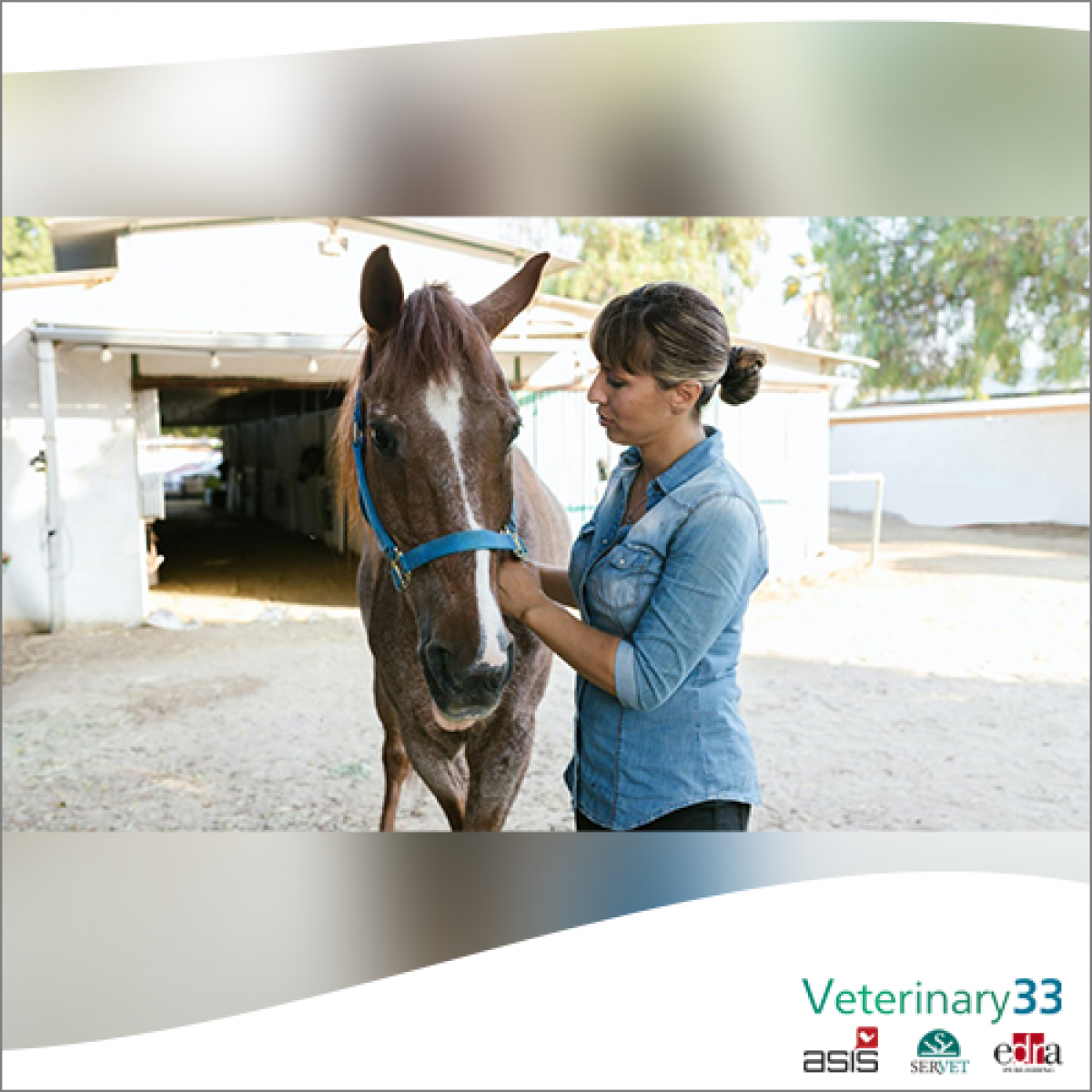Management of chronic pain in the geriatric horse
"Chronic pain probably affects most, if not all, geriatric horses," says Alex Bianco, DVM, MS, Dipl. ACVIM, University of Minnesota College of Veterinary Medicine. Bianco compiled the latest research on equine pain management and shared his findings at the 2021 Veterinary Meeting & Exposition (VMX) in Orlando, Florida.
Chronic pain, despite being a common reason for euthanasia in geriatric patients, is, however, difficult to recognize for many riders. "Identifying pain should be the role of the veterinarian," says Bianco. "Research has shown how difficult it is for horse owners to do so."
Bianco commented on a 2020 Swiss study in which experienced horse owners declared that 182 horses were healthy, while veterinarians had found that 100 of them had a grade 2 of 5 or higher on the American Association of Equine scale for lameness. Practitioners (AAEP), and lameness is a characteristic component of conditions associated with chronic pain, such as osteoarthritis and laminitis. Muller et al. (2018) also noted that geriatric horses were less likely to have lameness tests compared to non-geriatric horses. Bottom line: In many cases, geriatric horse owners will not recognize a limp or request routine examinations from their veterinarian. This leaves horses at risk for undiagnosed and, therefore, uncontrolled chronic pain.
Systemic management of chronic equine pain
The study by Muller et al. also presented the reassuring fact that horse owners value their veterinarian's opinion highly. Bianco described the following options to consider when addressing chronic pain in geriatric horses systemically:
- Non-Steroidal Anti-Inflammatory Drugs (NSAIDs): Cost-effective and easy to administer, they are popular for managing pain associated with arthritis and laminitis, among other chronic painful conditions. However, owners and veterinarians should consider its possible adverse effects (gastrointestinal ulceration and kidney damage) with long-term use.
- Opioids: effective for treating multifactorial or idiopathic pain. The cost and risk of abuse of these substances in humans make their long-term use difficult.
- Gabapentin: used in cases of neuropathic pain, but its bioavailability in horses is low. It is sometimes used as part of multimodal therapy in conjunction with other drugs.
- Paracetamol: has analgesic effects and appears to be as effective as flunixin meglumine in treating lameness. However, due to the risks of liver toxicity, more research is needed on the efficacy and safety of this drug for equine use.
- Ketamine: can be given as a continuous infusion together with tramadol to reduce laminitic pain. Both are controlled substances, so their handling and use should be carried out with prudence by a licensed veterinarian.
Local therapeutic options
Bianco also described some common local treatment options:
- Intra-articular corticosteroid injections: Joint injections provide rapid relief from pain and inflammation associated with osteoarthritis. However, its use is controversial due to possible long-term harmful effects on cartilage.
- Topical diclofenac: This NSAID can be applied on painful arthritic joints.
- Podiatry - Therapeutic footwear is often implemented to relieve pain associated with podotrochlear syndrome or laminitis.
- Desmotomy / Tenotomy / Neurectomy: These surgical procedures that involve the cross section of a ligament, tendon, or nerve can eradicate the source of pain.
- Arthrodesis or facilitated ankylosis: Veterinarians generally perform surgical fusion of a joint as a last resort to add strength to the joint.
With any treatment plan, Bianco emphasized the need for frequent veterinary reevaluation in geriatric horses with chronic pain. In addition, the discussion about the "end point", which could include palliative care in advanced cases, is equally important. "Quality must be evaluated against length of life," he concluded.









List
Add
Please enter a comment